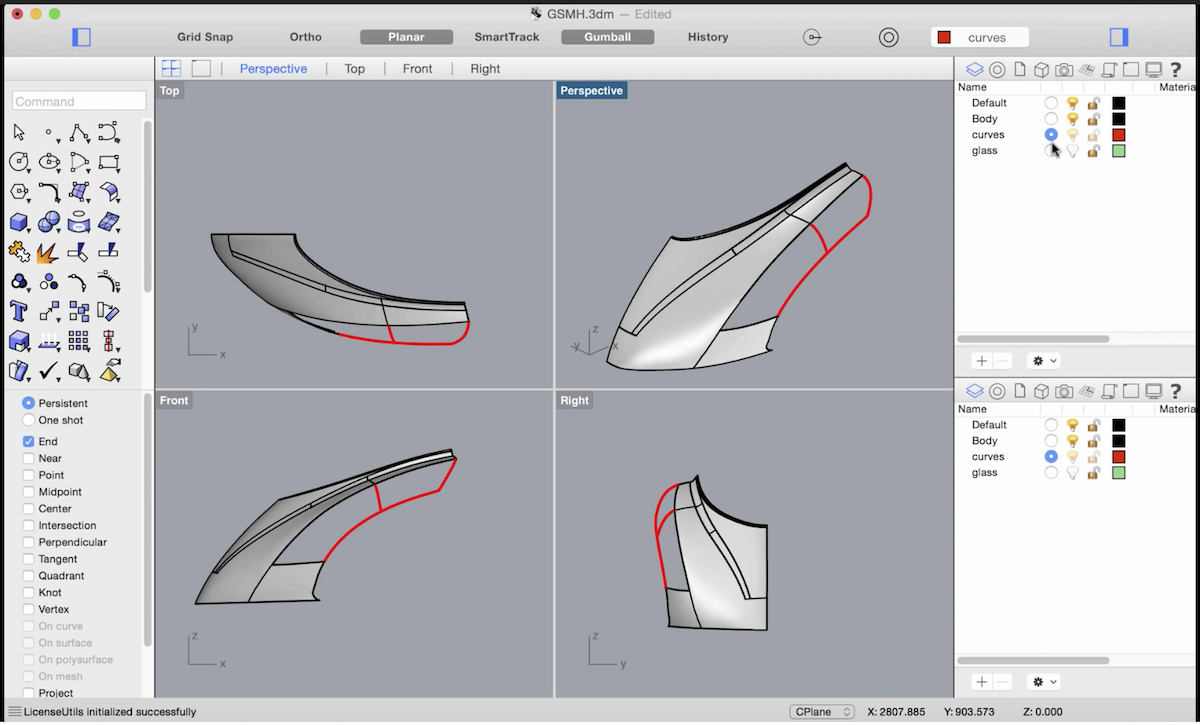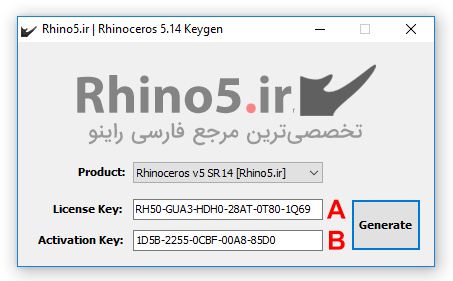

First reported in the early 19 th century, where injections of liquid paraffin were used to correct saddle nose deformity, modern NSR has evolved significantly, using hyaluronic acid (HA) or calcium hydroxyapatite to produce cosmetic results (1,2,3). IntroductionĪ nonsurgical rhinoplasty (NSR), colloquially known as a “liquid rhino,” entails the injection of a soft-tissue filler into the nasal bridge and tip to improve the cosmetic appearance of the nose. Prompt use of intralesional hyaluronidase injections and topical nitroglycerin ointment led to a restoration of normal tissue vascularity with no long-term cosmetic sequelae. Here we present the case of a 25-year-old male with a post traumatic deviated nasal bridge who developed a vascular occlusion following liquid rhinoplasty.

This complication is not exhaustively documented in the literature, especially in people of color. Vascular occlusions due to liquid rhinoplasty are rare, but can result in tissue necrosis and blindness. The following is a research paper written by our own Alyssa Rodriquez and Callie Kurpiewski with some input from Dr. The staff of Westlake Dermatology & Cosmetic Surgery is constantly investing in continuous learning in order to improve procedural efficacy and safety for our patients. Written By: Alyssa Rodriguez, MA and Callie Kurpiewski, MA Written by WD Staff, Skin Care Specialists on Ma


 0 kommentar(er)
0 kommentar(er)
